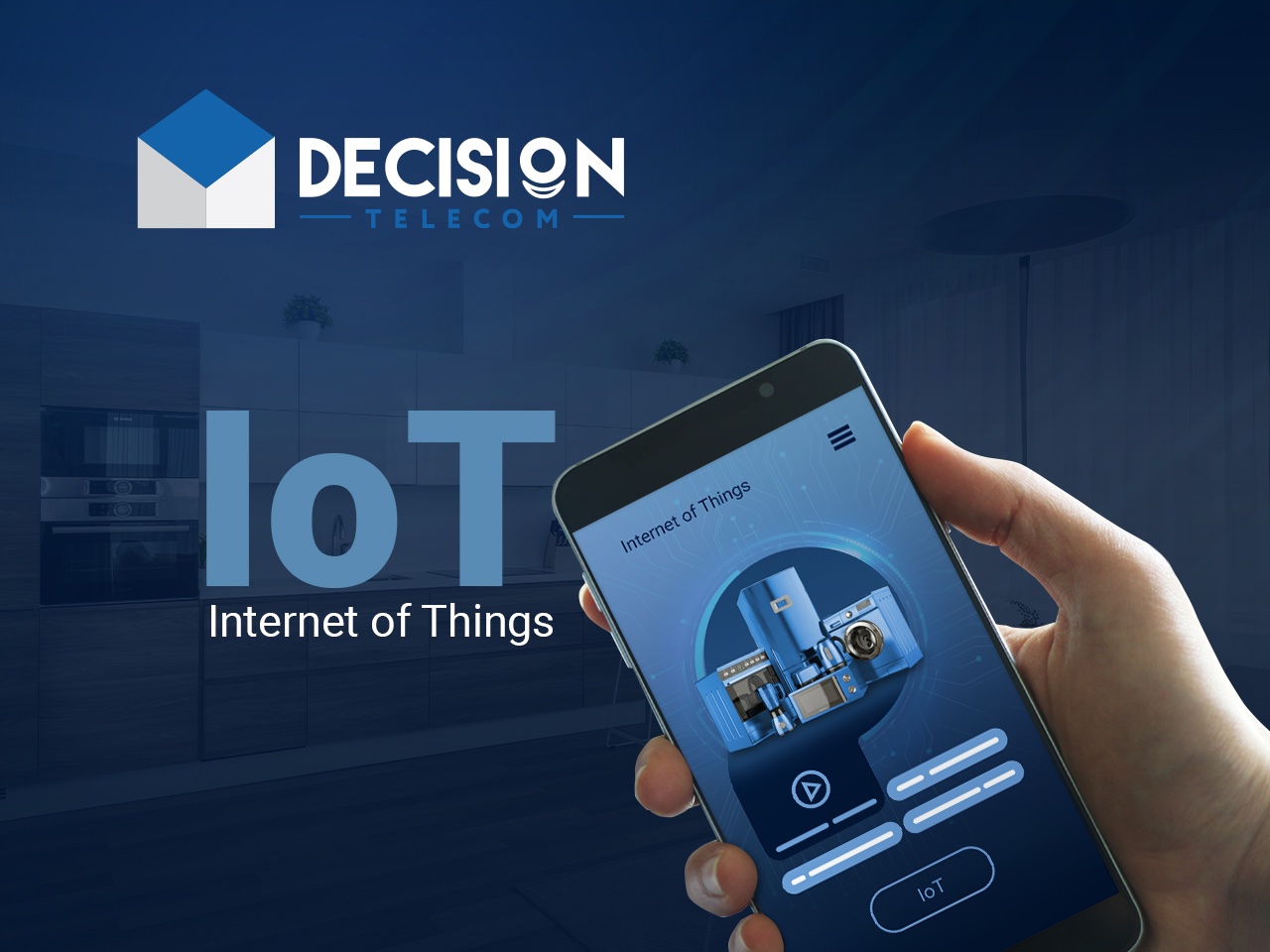
IoT technology and the horizons it opens up for business
Ultra-sensitive sensors that control the temperature and lighting in the house. Super-high-speed electric trains that themselves transmit information about the condition of the cars and give recommendations on their maintenance. Refrigerators capable of ordering groceries via the Internet. Fantastic? No. The reality is that mankind will enter in the near future thanks to the IoT architecture.
The Internet of Things is expected to revolutionize the way businesses operate, transform the business landscape, and make businesses smarter. Read this article on how companies can use innovative technology to gain a competitive advantage.
What is IoT: a brief overview
The concept of the Internet of Things has been around for a long time. In 1982, an American student connected a Coca-Cola vending machine to the Internet and created an application to control the temperature of the refrigerator and check the amount of drink. Later, in 1999, the global IT community officially introduced and recognized IoT technology. Since then, its architectonics has been constantly evolving.
IoT is a global ecosystem of billions of physical devices connected to the Internet and interacting with each other. With the help of sensors, API and other software, they quickly collect, manage and send large amounts of data to other devices, that is, they “communicate” with each other.
In fact, a person does not participate in this process but only sets tasks for the devices. The purpose of the Internet of Things is to make a person's life optimized and comfortable.
Almost any physical object can turn into an IoT architecture device, whether it is a light bulb, a car, or a Boeing. Usually, primitive household devices such as coffee makers, microwave ovens, and refrigerators are considered in this context, but initially the concept is aimed at supporting large enterprises and organizing smart cities.
How the Internet of Things Works: Technology in Detail
The Internet of Things has a four-component structure, which includes:
- device sensors;
- means of connection;
- data processing tools;
- user interface.
The basis of the IoT architecture is devices with sensors. For example, a temperature, humidity, pressure, or other sensor reads information from a physical object, processes it, and then sends a message to a cloud server for analysis.
A cloud system is necessary because sensors are often resource constrained and need a centralized point where data can be redirected. For this, various conductors are used: Bluetooth, satellite communications, LPWAN networks, and others. After analyzing the data, the system sends the results as output to perform the specified action.
The user interface is needed to enter information from the user and check the performance of the Internet of Things system. This is usually a mobile or web application to which data is transmitted in a user-friendly way.
In large-scale projects, in enterprises and in business, the principle of operation of IoT technology is the same, however, more complex algorithms and proprietary, i.e. private, software are responsible for the operation of the system.
The whole process, regardless of the amount of information, takes milliseconds, so by human standards, everything happens in real time.
How the Internet of Things is Changing Business: New Opportunities and Perspectives
The modern business strives for two things: to increase the average sales receipt and to reduce production costs. How to do this? The Internet of Things is able to close both requests.
For this reason, IoT architecture is gradually being introduced into the work of large enterprises and companies. For example, financial institutions use IoT data to provide services on demand to customers. In healthcare, smart devices help collect patient data for more accurate monitoring.
There are cases when global giant corporations improve service and increase revenues through innovation. Rolls Royce remotely receives data on how airlines use its engines. Samsung also conducts analytics based on user information taken from smartphones using IoT technology. Amazon stores have smart shopping carts that allow you to buy goods automatically.
According to a survey by the CSGI Research Center, 94% of organizations that have adopted the Internet of Things have already seen a return on their investment.
Risks and benefits of IoT: what you need to know about the technology
As internet connectivity becomes more accessible around the world, especially with the development of 5G, the prospect of using the Internet of Things is not limited to big business. Organizations and individuals can benefit from technology. But first, let's look at the pros and cons of IoT.
Advantages
The benefits that a business can get from the Internet of Things depend on how it is implemented in a particular way. There are such advantages:
- automation of performing uniform tasks;
- the ability to access information from any place and device at any time;
- the ability to conduct behavioral diagnostics of the target audience;
- instant access to large amounts of data;
- reduction of waste and labor costs in manufacturing;
- improvement of delivery processes, customer service;
- speed up the decision-making process.
IoT architecture opens up new opportunities for individuals and entire communities, making their lives easier and more accessible. In the future, we can expect even more advanced solutions that will make “smart” not only homes but also hospitals, schools and even entire cities.
Disadvantages
Like any other developing technology, IoT has disadvantages that cause certain concerns.
First, it faces privacy and security concerns. There are a large number of devices connected to the Internet, which means that a huge amount of confidential information is stored in the system.
Secondly, IoT is a relatively new concept, so there is often a lack of interoperability between devices from different manufacturers. This can lead to problems with the interaction of devices and complicate the implementation of projects.
Finally, the automation of production processes also causes concern, because its total introduction will lead to a reduction in jobs, especially for low-skilled workers.
Final Thoughts: How IoT Technology Is Changing Business and Our World
Convenience, efficiency, and a variety of implementations make the Internet of Things one of the most popular technologies in various fields. It automates work processes, performs a number of small tasks that do not require human intervention. Therefore, for large enterprises, this is a profitable investment in production.
According to experts from Fortune Business Insights, by 2026 the market capitalization of IoT technologies will amount to a trillion dollars. As business discovers the potential of IoT architecture, it is gaining more public attention and developing its functionality.

